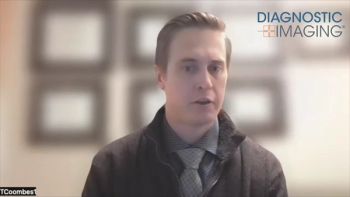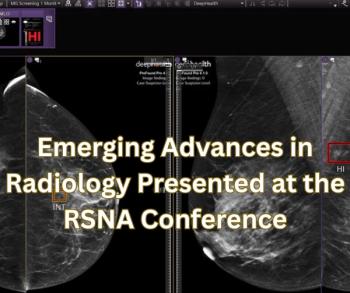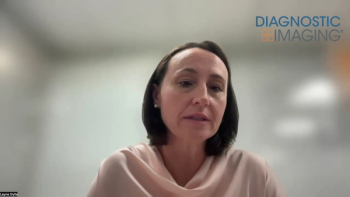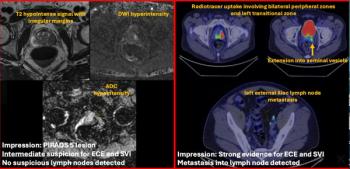
Ultrasound Comparable to CT for Pediatric Appendicitis
Using ultrasound as first-line imaging for suspected pediatric appendicitis limits radiation exposure to patients without compromising diagnosis and patient outcome.
Using ultrasound as first-line imaging for suspected pediatric appendicitis limits radiation exposure to patients without compromising diagnosis and patient outcome.
Ultrasound imaging helps clinicians diagnose appendicitis in children as effectively as does computed tomography, but without the radiation, according to a study published in the
The incidence of appendicitis among children is rising in the U.S. and CT scans are usually the first-line imaging technique used for patient evaluation. However, there is a push to reduce the number of diagnostic tests that require radiation, especially among the pediatric population.
Ultrasounds have been used to diagnose appendicitis, but researchers from the Montefiore Medical Center in New York performed a retrospective study to determine if the rate of complicated appendicitis and length of hospital stay increased during the transition to an ultrasound-first paradigm for the imaging evaluation of acute appendicitis.
“As more people become aware of the risks of medical radiation, there are increasing efforts to utilize non-radiation emitting imaging techniques as a first approach to diagnosis,” said author Jessica Kurian, MD, attending radiologist at the Children’s Hospital at Montefiore and assistant professor, Albert Einstein College of Medicine of Yeshiva University. Clinicians are increasingly making efforts to decrease radiation exposure, in response to the national Image Gently Campaign, which promotes radiation protection in pediatric imaging.
Researchers identified 804 pediatric patients who were diagnosed with simple appendicitis between 2005 and 2011 at the hospital. The researchers found that at the beginning of the study (2005), ultrasound was used as a first imaging option only 33 percent of the time and CT scan was 43 percent. Ultrasound use increased to almost 90 percent by the study’s end, while CT scan use dropped to less than 10 percent.
The results showed that despite the increase in ultrasound and decrease in CT use over the seven-year period, the percentage of patients with complicated appendicitis did not increase significantly, nor did the medial hospital length of stay.
“These findings support the use of ultrasound in helping to reduce radiation exposure in kids and suggest this approach could be applied in the diagnosis of other conditions to minimize the cumulative radiation dose a child is exposed to over the course of a lifetime,” Kurian said.
Newsletter
Stay at the forefront of radiology with the Diagnostic Imaging newsletter, delivering the latest news, clinical insights, and imaging advancements for today’s radiologists.




























